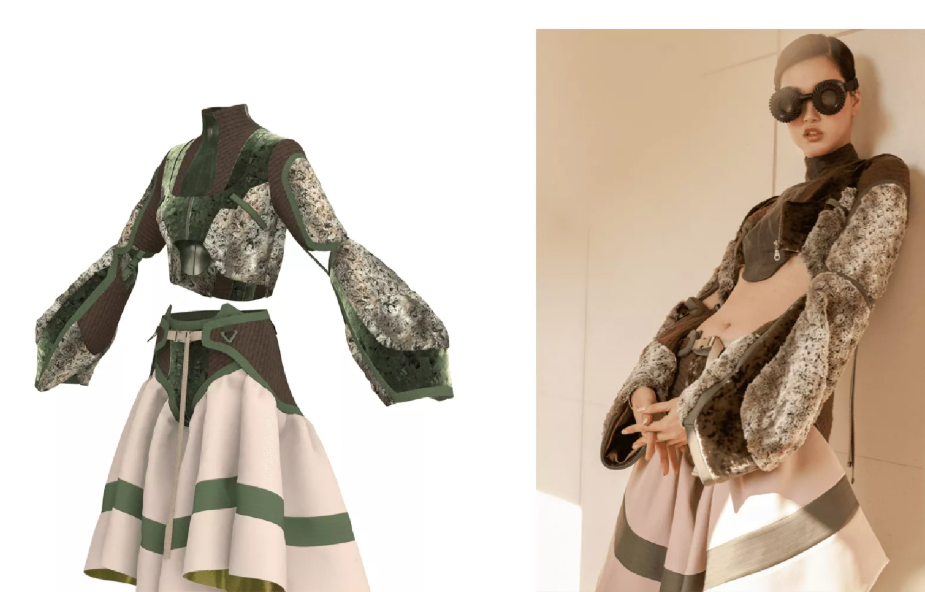As fashion timelines shrink and expectations rise, manufacturers need tools that increase speed without sacrificing precision. Automated CAM (Computer-Aided Manufacturing) has become the key to achieving this balance in apparel production. It bridges the gap between digital design and physical execution by taking instructions from CAD design software and translating them into machine actions such as cutting, grading, and assembling.
With automated CAM, production is no longer limited by human variability. Once the digital patterns are finalized, machines can execute cuts with millimeter precision, ensuring consistency across hundreds of pieces. This dramatically reduces fabric waste and eliminates errors caused by manual cutting. More importantly, it frees up human labor for tasks that require creativity or judgment, rather than repetition.
Grading—a once time-consuming process—has also benefited from automation. CAM systems can resize patterns for multiple sizes instantly and apply predefined tolerances without losing detail or alignment. This not only speeds up sampling but also helps meet diverse customer demands with less overhead. Integration with CAD design software makes the transition between design and production almost frictionless.
The use of automated CAM also improves traceability and quality control. Every production file is logged, and adjustments can be tracked in real time. This is especially useful for auditing, scaling up production, or revisiting a style for future seasons. It gives manufacturers the flexibility to adapt quickly and the reliability to meet standards without constant oversight.
For brands committed to sustainability, automated CAM is a major step forward. It supports material optimization through digital nesting strategies, reducing scrap and maximizing fabric usage. Combined with fewer physical samples (thanks to simulation tools), it creates a leaner, smarter production system that minimizes waste at every stage.
Ultimately, automated CAM gives manufacturers the power to act quickly and precisely—turning digital vision into physical product with efficiency that supports both profitability and responsible production. It’s not just about speed; it’s about building smarter systems that evolve with the needs of modern fashion.

